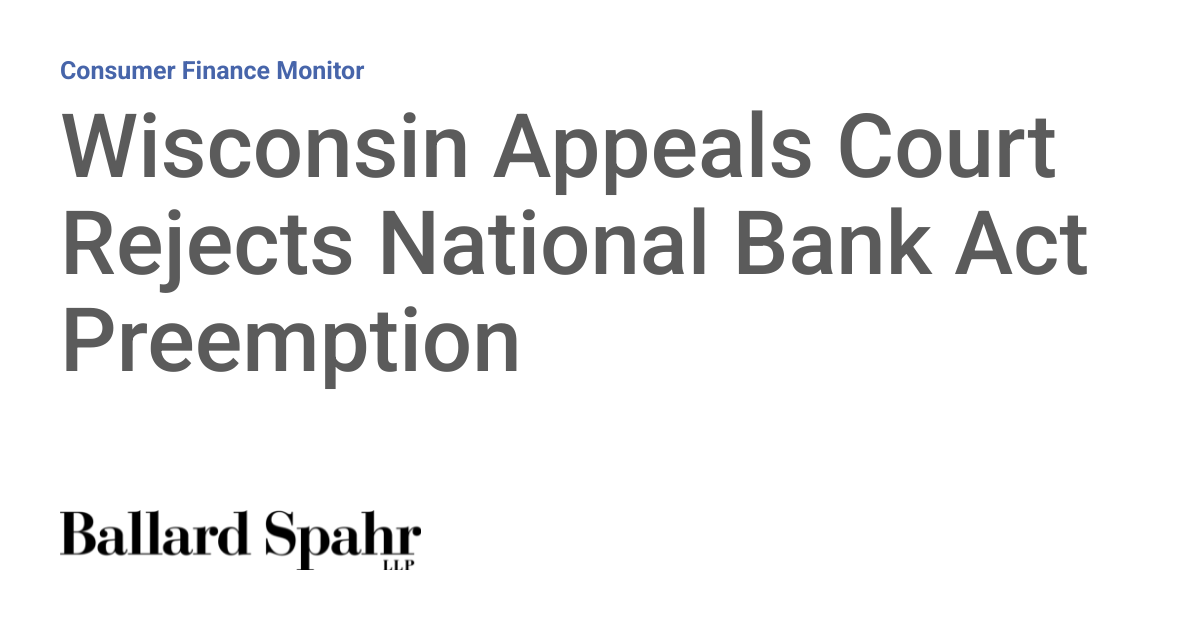Cash Trails: The Surprising Truth About Your Bank's Secret IRS Reporting Playbook
Finance
2025-04-02 15:18:41Content

Bank Deposits: When the IRS Gets a Heads Up
Ever wondered if your recent substantial bank deposit might catch the taxman's eye? While banks aren't constantly reporting every single transaction, certain financial milestones can trigger automatic notifications to the Internal Revenue Service (IRS).
Understanding these reporting thresholds can help you navigate your financial transactions more confidently. Banks are required to file specific reports when cash deposits or transactions cross certain monetary boundaries, designed to track potential financial irregularities or unreported income.
Key Deposit Triggers That Raise Red Flags
- Cash deposits exceeding $10,000 in a single transaction
- Multiple deposits just under $10,000 that seem intentionally structured to avoid reporting
- Unusual or unexplained large cash influxes into your account
While these reporting mechanisms might sound intimidating, they're primarily designed to prevent money laundering and ensure tax compliance. Most everyday transactions by law-abiding citizens sail through without any additional scrutiny.
Pro tip: Transparency is your best friend. If you have a legitimate source for a large deposit, documentation can quickly clear up any potential questions.
Decoding Bank Reporting: When Uncle Sam Gets Curious About Your Cash
In the intricate world of financial transactions, understanding how banks communicate with government agencies can feel like navigating a complex maze. Every deposit, transfer, and transaction leaves a digital footprint that could potentially trigger closer scrutiny from tax authorities.Uncover the Hidden Triggers of Financial Surveillance
The Reporting Threshold: Understanding Bank Disclosure Mechanisms
Financial institutions operate under a sophisticated network of reporting requirements that go far beyond simple transaction tracking. The Internal Revenue Service (IRS) has established specific monetary thresholds that prompt banks to generate detailed reports. Typically, transactions exceeding $10,000 in cash become subject to mandatory reporting through Currency Transaction Reports (CTRs). These reports aren't designed to criminalize financial activity but serve as a mechanism to prevent money laundering and track potential tax evasion strategies. Banks employ advanced monitoring systems that automatically flag unusual financial patterns. These algorithmic guardians analyze transaction frequencies, sudden large deposits, and cross-border money movements with remarkable precision. While most everyday transactions pass unnoticed, certain financial behaviors can inadvertently draw governmental attention.Suspicious Activity Reports: When Banks Become Financial Sentinels
Beyond standard reporting protocols, banks are legally obligated to file Suspicious Activity Reports (SARs) when transactions exhibit characteristics that deviate from typical customer behavior. These reports don't necessarily imply wrongdoing but represent a proactive approach to financial transparency. Factors triggering SARs might include rapid series of large cash withdrawals, international transfers to high-risk jurisdictions, or transaction patterns inconsistent with a customer's established financial profile. The reporting mechanism operates as a delicate balance between protecting individual financial privacy and maintaining national economic security. Financial institutions walk a fine line, using sophisticated algorithms and human expertise to distinguish between legitimate complex transactions and potentially problematic financial activities.Technology and Transparency: The Modern Financial Surveillance Landscape
Contemporary banking technology has transformed financial monitoring from manual processes to instantaneous digital surveillance. Machine learning algorithms can now detect nuanced patterns that human analysts might overlook. These systems continuously evolve, learning from millions of transactions to identify increasingly sophisticated financial behaviors. Artificial intelligence plays a crucial role in this ecosystem, enabling banks to create comprehensive risk profiles for customers. By analyzing historical transaction data, geographic spending patterns, and sudden financial changes, these systems can generate predictive models that help identify potential reporting requirements almost instantaneously.Consumer Rights and Financial Privacy Considerations
While government reporting might seem invasive, robust legal frameworks protect individual financial privacy. The Bank Secrecy Act and subsequent regulations ensure that reporting mechanisms remain transparent and accountable. Consumers have rights to understand why certain transactions might trigger additional scrutiny and can request detailed explanations from their financial institutions. Understanding these mechanisms empowers individuals to make informed financial decisions. By maintaining clear, consistent transaction histories and communicating openly with banking professionals, consumers can navigate the complex landscape of financial reporting with confidence and clarity.RELATED NEWS

Financial Leadership Shake-Up: Melissa Hahn Lands CFO Role at Ames Watson







